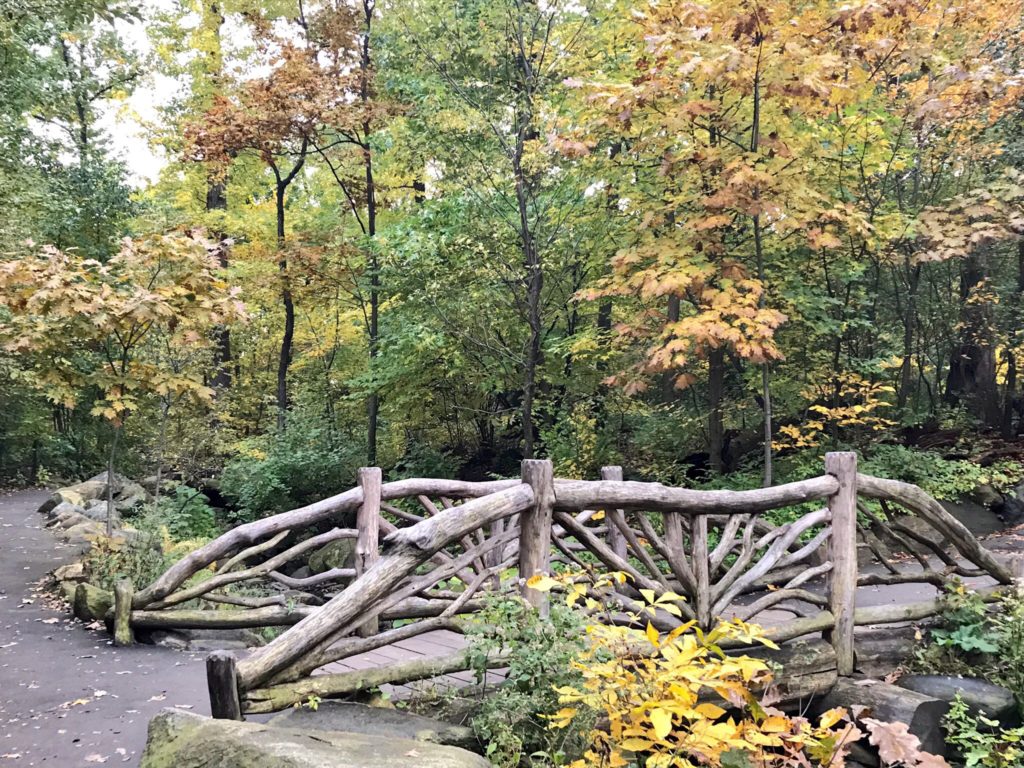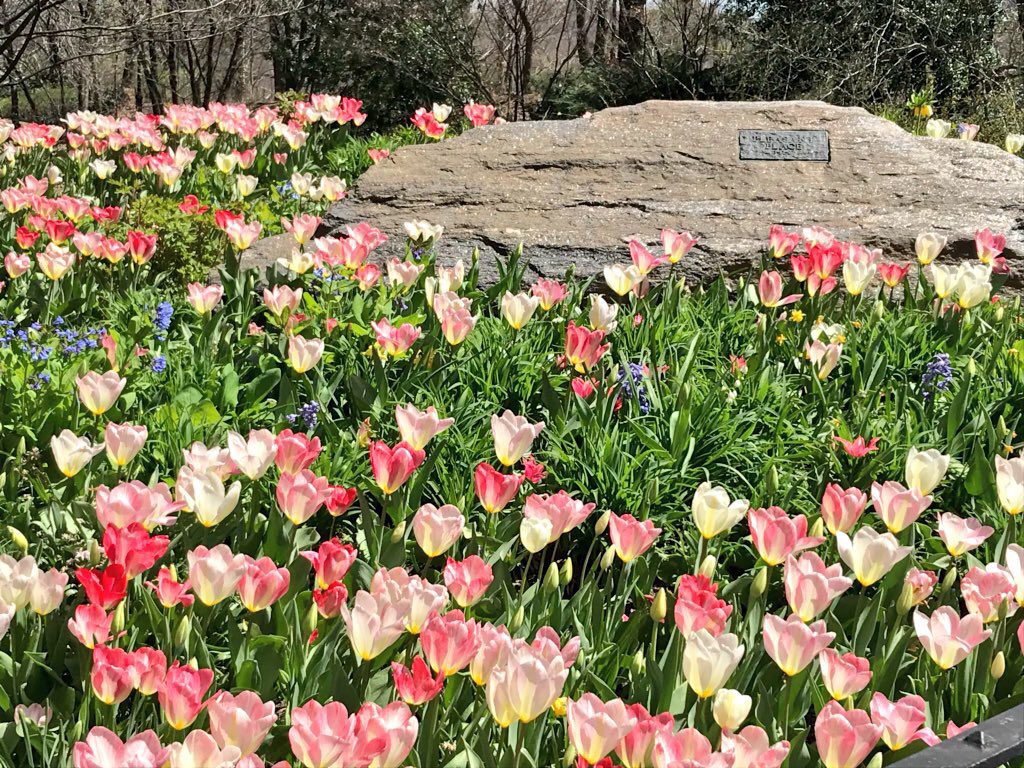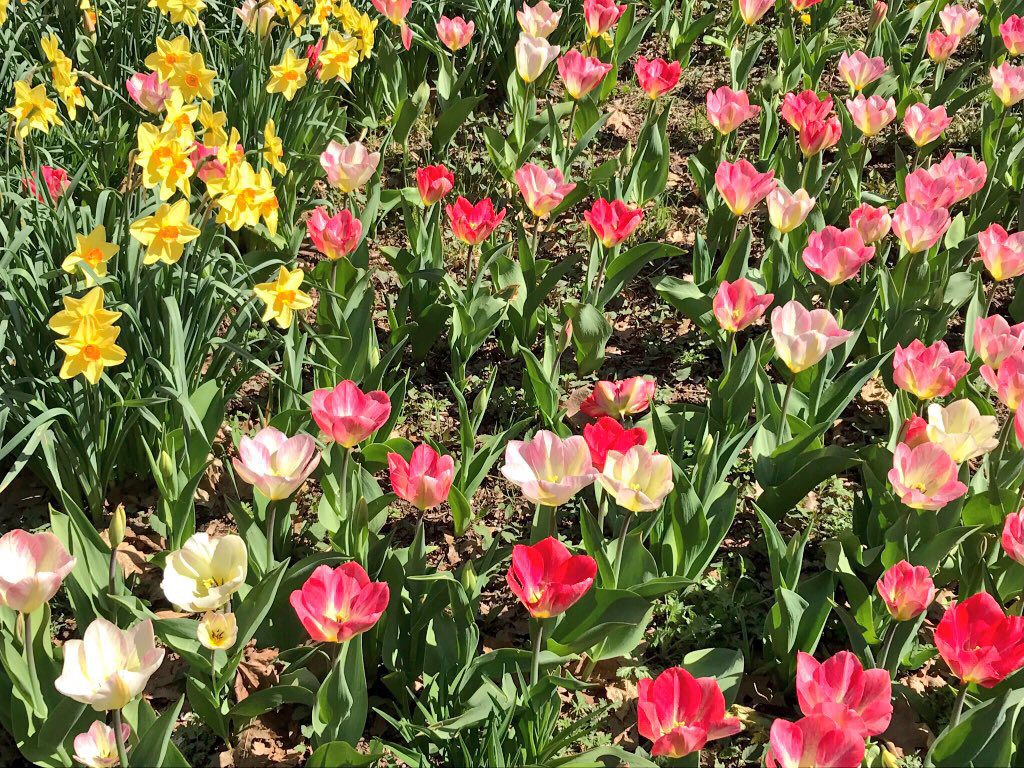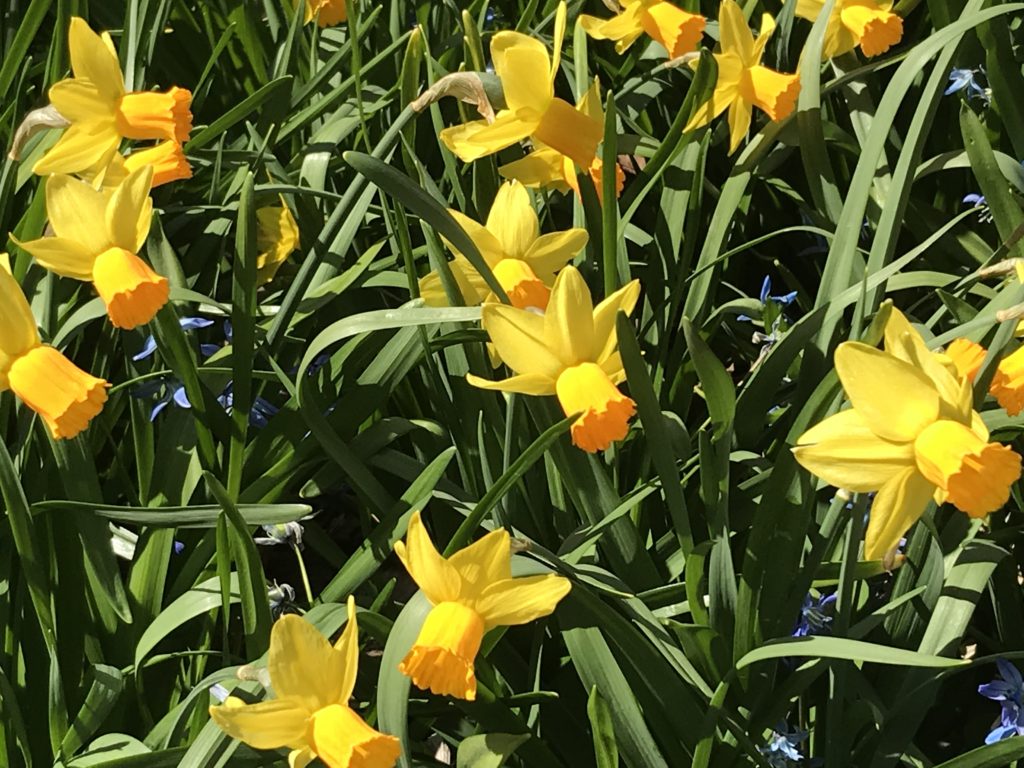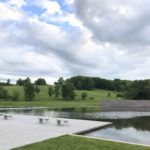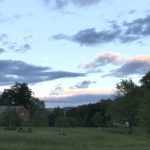
“There is nothing more truly artistic than to love people.” Vincent Van Gogh
The National Arts Club earns a renown for its impressive art, engaging events, and a National Historic Landmark home in Gramercy Park, but its true vibrancy comes from its members. The Club members celebrate, promote, and educate others about the “visual arts, literature, film, architecture, fashion, photography and music” in the warm way of passing along a book that is too good not to share.

The Club that helps keep the arts alive in the city began in 1898 with Charles Augustus de Kay, the art and literary critic for The New York Times. Mr. de Kay’s goal was to look to American artists for inspiration rather than European, which was traditional at the time, and to encourage public interest in the arts and education in fine arts. With the help of philanthropist Spencer Trask, Mr. de Kay and fellow founding members like Henry Frick purchased the Victorian Gothic Revival mansion of Samuel J. Tilden, 25th governor of New York, for the Club. Governor Tilden, who ended New York City corruption, most notably that of Tammany Hall, had bequeathed his fortune for a citywide New York Public Library. His stately home at 15 Gramercy Park South in the Gramercy Park Historic District was formerly two brownstones joined by a sandstone façade designed by Calvert Vaux, co-creator of Central Park. For the mansion’s exterior, Mr. Vaux used the Aesthetic Movement style that emphasized bringing beauty into all aspects of life, making it the ideal home for the Club. In a 2008 restoration, New York City-Brazilian artist Sergio Rosetti Morosini, active in the conservation of the city’s landmarks, added a bust of Michelangelo above the Club’s entrance. The interior includes magnificent stained-glass panels by artist John LaFarge, who had a studio in Greenwich Village, and a stained-glass dome by Scottish-born artisan Donald McDonald.

The building is so elegant and distinctive that filmmakers and television producers have requested it for works like “The Age of Innocence,” “The Manhattan Murder Mystery,” “The Thomas Crown Affair” (1999), “The Marvelous Mrs. Maisel,” “Billions,” “Gotham,” “Jimmy Choo,” and “Boardwalk Empire”. Even more distinctive is the welcoming of women as members since the Club’s 1898 founding. Historical name dropping of former members includes artistic greats like painters Cecilia Beaux, Frederic Remington, William Merritt Chase, George Bellows, Chen Chi and sculptors Anna Hyatt Huntington, Robert Henri, Daniel Chester French, and Augustus Saint-Gaudens.



With such names, one might mistake the Club as being pretentious, but members are there to share a genuine love of the arts. Crossing the threshold means receiving a friendly greeting not only from other members but long-time staff. The atmosphere is lively for the sociable and serene for artists at work. Dining amidst beautiful artworks, resuming again Tuesday with safety protocols, is another opportunity to connect. Lectures and events cover topics including art, fashion, fragrances, cuisine, dance and movement, film screenings, and concerts featuring jazz, classical, and contemporary music. In the past year, the Club has celebrated its fun traditions virtually with events like this month’s Bonnet Bash hat contest, the holiday concert with the Gramercy Brass Orchestra, the Halloween Gala, and Open House New York.

Membership includes worldwide access to other clubs. Additional membership perks allow access to meeting and event rooms, overnight accommodation, and Gramercy Park, the last private park in Manhattan, all the more relaxing for restricting photography.

Important traditions recognize lifelong contributors to the arts with the National Arts Club Medal and encourage new playwrights with the Kesselring Prize for Playwrighting. Medal recipients, whose portraits adorn the walls, include Anna Sui, Joyce Carol Oates, Frederica von Stade, Patricia Field, Claire Bloom, Ellen Burstyn, Toni Morrison, Nadine Gordimer, Lin Manuel-Miranda, John Turturro, Itzhak Perlman, Ang Lee, Salman Rushdie, Spike Lee, I.M. Pei, Tom Wolfe, Frank McCourt, W.H. Auden, Saul Bellow, Tennessee Williams, Roy Lichtenstein, Philip Roth, Mark Twain, Downing Vaux, Calvert’s son, and more. The Kesselring Prize awarded in honor of Joseph Kesselring, best known for writing “Arsenic and Old Lace,” presently honors playwright Mona Mansour. Selected new artists receive support as Artist Fellows which gives them a membership for one year to enhance their careers.


The National Arts Club has carried on gracefully during this past year underscoring the importance of the uplifting to inspire and connect us. Artists, too, are visionaries, who give us pause to reflect. In a place where a love of art, life, people, and the city all flow together, this nonprofit’s extraordinary and newly renovated galleries are free and open to the public daily, 10 a.m. to 5:00 p.m. with reservations presently for safety. Additionally, gallery spaces are available for non-members. (Note: On view as of early 2022: “Art of the Abstract Mark,” Libbie Marks’ collage paintings, the “Will Barnet Student Show,” which welcomes new young artists, “Consequences: A Parlor Game,” which showcases the work of the National Academicians of 2021, and “A Century of American Landscape Art,” some landscape “treasures” from the Club’s permanent collection of more than 600 works of art.) Enjoy exhibition updates and Club news on Instagram, Twitter, and Facebook, which offers a virtual tour, also available on the NAC website.

While living in the city, I had the pleasure of being an affiliate member for a time through an alumnae group, which was an incredible experience. Later, I attended the most welcoming and cordial reception and tour, which included a view of The Players club for the performing arts next door, through another alumni association. A delightful lecture from curators from The Clark Art Institute and French National Heritage for the exhibition “Women in Paris, 1850-1900” marked the occasion of another memorable stop.
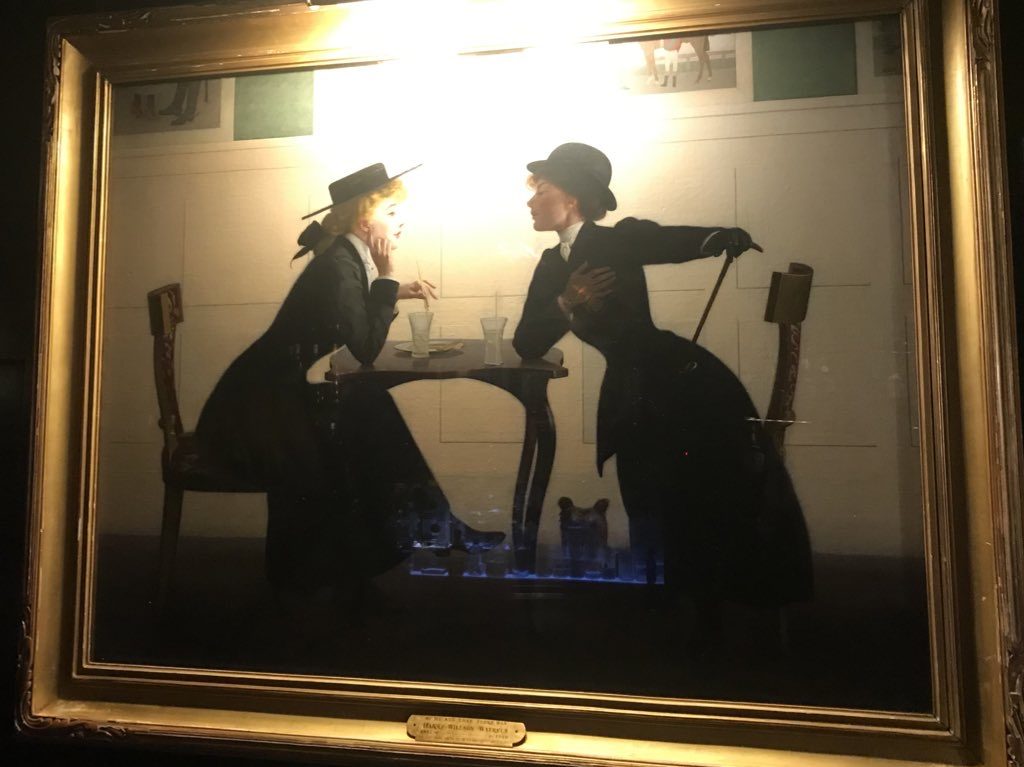
On my most recent visit, which fell on Valentine’s Day of last year right before the pandemic began, the Media/Marketing Communications director kindly gave two talented British travel and cuisine writers and myself a morning tour. Such fans of New York City, the couple was here to celebrate his birthday. Having seen a number of the inspirational city sights on other trips, they asked me about a unique and wonderful New York City experience for which the only answer was, “The National Arts Club.” On every visit, I am thrilled by being in the company of people who also value what I love.
Valentine’s Day 2020 was a day of kindnesses, so in keeping with the true nature of the city. Though this valentine meandered en route for a while, it still arrives heartfelt.

(Sources: NAC website and social media, onthesetofnewyork,com, saxonhenry.com (member), the artstory.org, ny.curbed.com, tripadvisor.com, goodreads.com, Wiki)
“The National Arts Club: In Love with the Arts” All Rights Reserved © 2021 Kathleen Helen Levey (Draft published 2/14/2021)





























